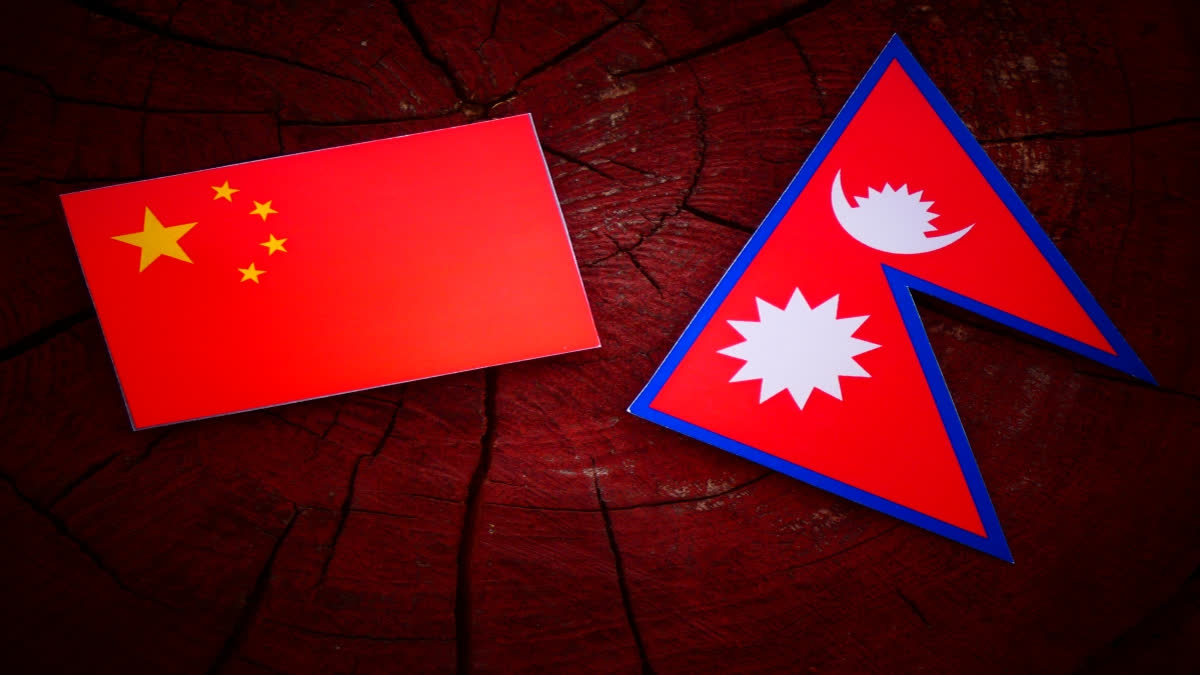New Delhi: Though there were high expectations of Nepal signing an initial Belt and Road Initiative (BRI) implementation deal during Chinese Vice Foreign Minister Sun Weidong's visit to Kathmandu this week, eventually it did not come through. This is because Nepal is yet to agree to China's terms and conditions for China's funding of BRI projects in the Himalayan nation. Kathmandu prefers grants from Beijing rather than repaying loans with high interest rates.
Chinese Vice Foreign Minister Sun led his country's delegation during the 16th meeting of the Nepal-China Diplomatic Consultation Mechanism in Kathmandu on Tuesday. The Nepali side was led by Foreign Secretary Sewa Lamsal.
According to a report in the Kathmandu Post, Lamsal had written to Prime Minister Pushpa Kamal Dahal's Office where she stated that a decision had already been taken at the ministerial level to sign the implementation plan of the BRI, urging the ministry to sign the agreement during Sun's visit. However, a statement issued by the Nepal Foreign Ministry following the talks on Tuesday had no mention of the BRI at all.
It is worth mentioning here that Nepal and China had agreed to sign the BRI implementation plan at the earliest when Nepali Deputy Prime Minister and Foreign Minister Narayan Kaji Shrestha visited Beijing in March this year. The decision was taken during delegation-level talks between Shrestha and his Chinese counterpart Wang Yi. Though no specific date was mentioned, reports suggested that it could happen during any high-level visit between Nepal and China.
Though Nepal and China had signed the BRI framework agreement on May 12, 2017, and China had forwarded the text of a plan in 2019, no further progress has been made mainly due to Kathmandu's concerns over debt liabilities. Nepal has made it clear to China that it is not interested in taking commercial loans for implementing BRI projects.
The BRI is a global infrastructure development strategy adopted by the Chinese government in 2013 to invest in over 150 countries and international organisations. It is considered a centrepiece of President Xi’s Jinping foreign policy. It forms a central component of Xi's "Major Country Diplomacy", which calls for China to assume a greater leadership role in global affairs in accordance with its rising power and status.
Observers and sceptics, mainly from non-participant countries, including the US, interpret it as a plan for a Sino-centric international trade network. Critics also blame China for putting countries participating in the BRI under debt traps. In fact, last year, Italy became the first G7 country to pull out of the BRI. Sri Lanka, which participated in the BRI, eventually had to lease out the Hambantota port to China due to debt repayment issues.
India has opposed the BRI right from the beginning, mainly because its flagship project, the China-Pakistan Economic Corridor (CPEC), passes through Pakistan-occupied Kashmir.
In view of all these, Nepal is wary of getting trapped in unsustainable debt owed to China through BRI loans for expensive infrastructure projects. Nepal’s annual debt payments to China have already been rising rapidly over the last decade. Highly concessional terms offered by other lenders make taking on costlier Chinese commercial loans for BRI projects unappealing.
